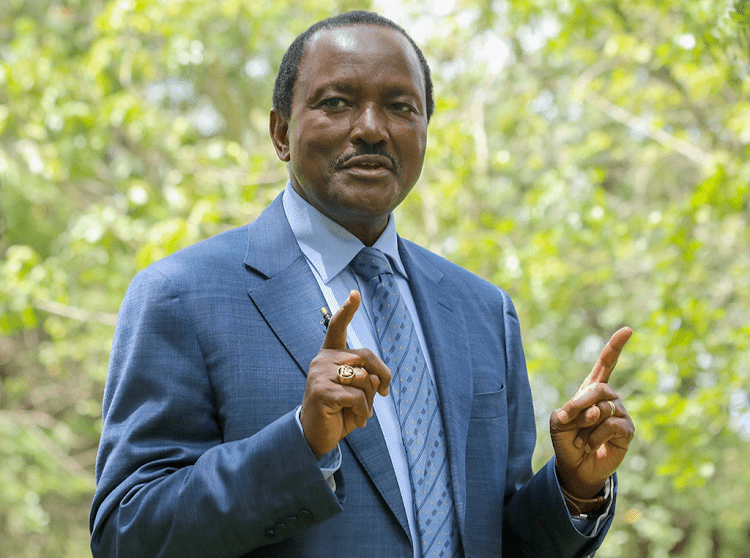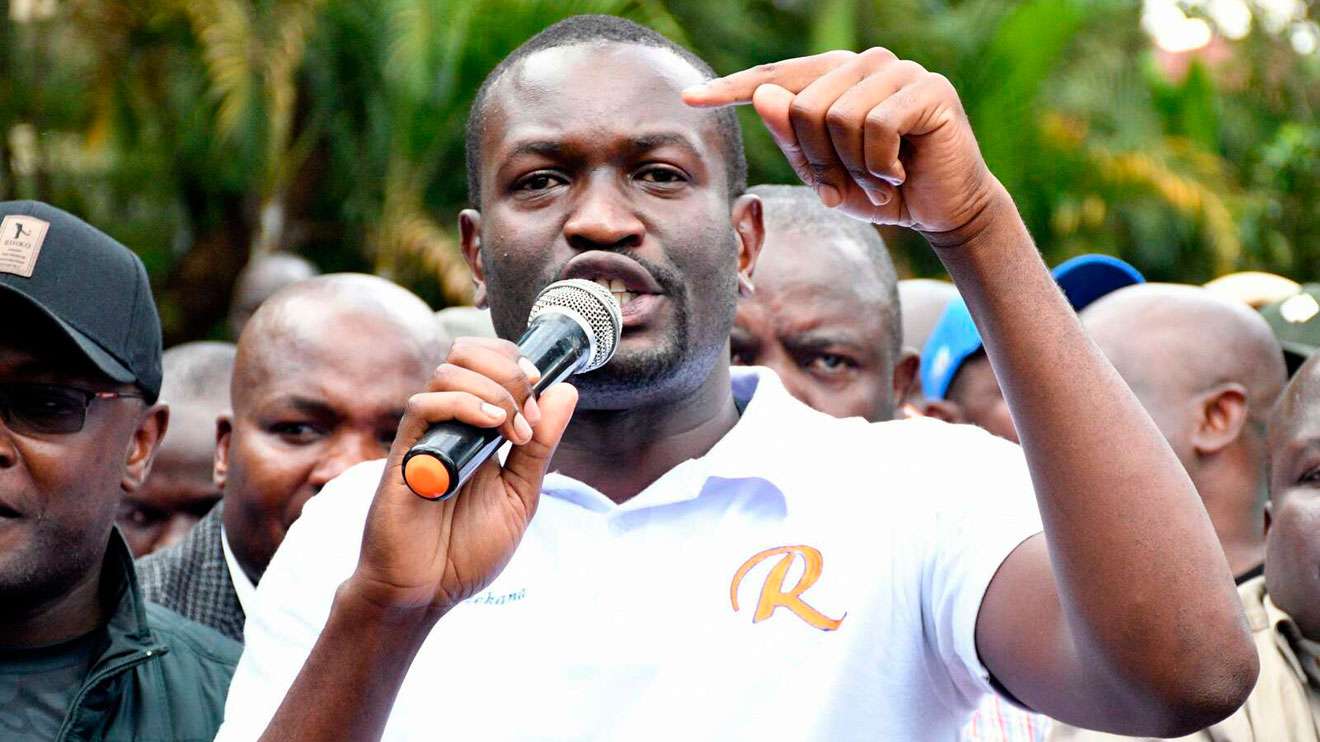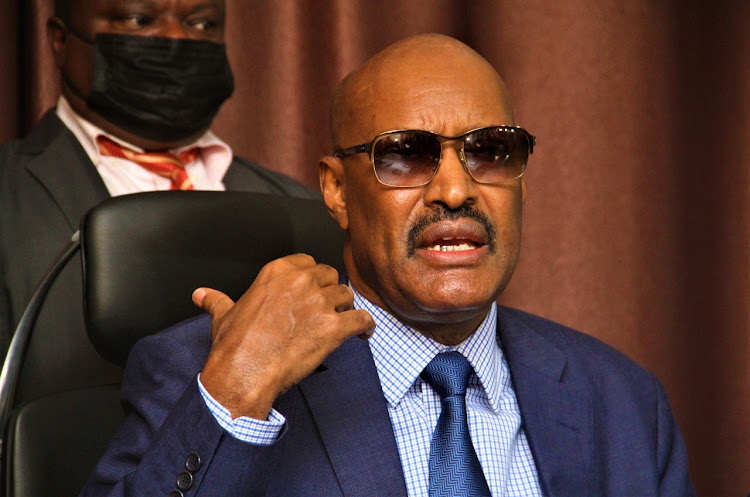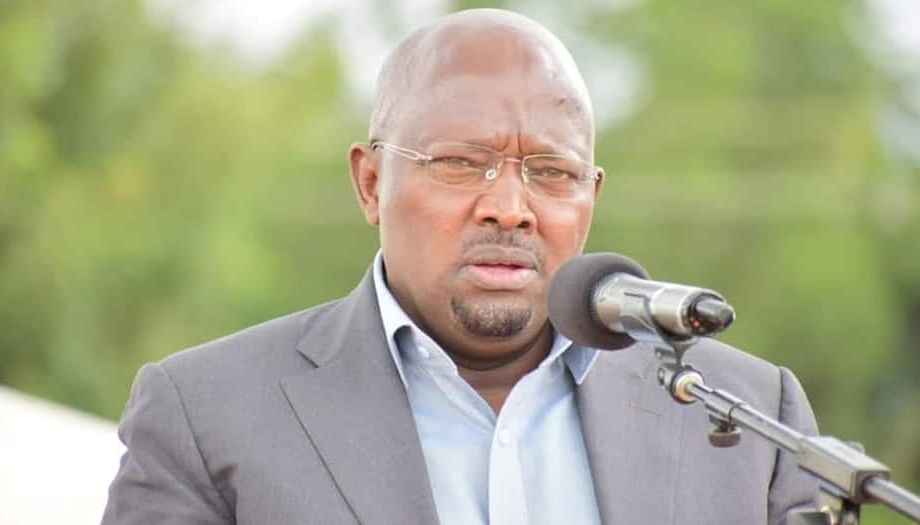By TWV Team
In Kenya’s rapidly evolving political landscape, Wiper party leader Kalonzo Musyoka finds himself at the centre of a discreet campaign to persuade him to abandon the opposition and align with President William Ruto ahead of the 2027 elections. Sources claim senior figures, including Deputy President Kithure Kindiki, are urging Kalonzo to join Ruto as a key ally, a move that could reshape Kenya’s political dynamics and further weaken the opposition.
With his strong influence in the Ukambani region (Machakos, Kitui, and Makueni), Kalonzo’s potential defection would deal a significant blow to the Azimio La Umoja–One Kenya coalition. Kalonzo’s frustration with Azimio’s disunity, particularly reports of ODM leader Raila Odinga exploring alliances that might sideline him, has fueled speculation about his next move.
Analysts suggest his decision hinges on whether Azimio selects him as its presidential flagbearer. If overlooked, insiders believe he might exit the race and accept a senior government role. One source noted, “Joining Ruto could be a pragmatic lifeline if the opposition fails to rally behind him.” Publicly, Kindiki has invited Kalonzo to join the government, while private discussions are reportedly more strategic, with unverified reports suggesting Raila has held informal talks with Kalonzo about collaborating within government frameworks rather than competing electorally.
A coalition involving Kalonzo, Ruto, Raila, Musalia Mudavadi, Moses Wetang’ula, and Hassan Joho could dominate the 2027 elections, potentially securing a first-round victory if the opposition remains divided. If pre-election talks fail, Kalonzo might still back Ruto in a second-round runoff if he doesn’t advance.
With Kenya Kwanza holding a parliamentary majority, discussions of constitutional amendments to create roles like Prime Minister and Deputy Prime Ministers could accommodate a broad-based coalition. However, internal rivalries within both camps threaten these emerging alliances. Further complicating matters, former President Uhuru Kenyatta’s alleged support for Dr. Fred Matiang’i as Azimio’s candidate, coupled with tensions with former Deputy President Rigathi Gachagua, risks fragmenting the opposition further.
Uhuru and Gachagua reportedly refuse to back each other’s preferred candidates, leaving Kalonzo doubting he has full opposition support and believing he commands only partial loyalty. His allies emphasize his experience, having run for president in 2007, unlike Matiang’i, Martha Karua, or Gachagua.
Despite these pressures, Kalonzo has publicly rejected joining Ruto, criticizing Kenya Kwanza’s governance, particularly its handling of the 2024 Finance Bill protests. Instead, he is focusing on building a new opposition alliance with figures like Matiang’i, George Natembeya, and Eugene Wamalwa to challenge Ruto in 2027. His growing support in Mt. Kenya and these new alliances could strengthen an independent run, but success requires either unifying Azimio or forming a robust coalition.
Analysis: Kalonzo faces a high-stakes choice. Staying with a fractured opposition risks marginalization, especially if he is not chosen as the flagbearer. However, joining Ruto could alienate his base and tie him to an administration criticized for governance failures. A divided opposition could pave the way for Ruto’s re-election, particularly if Kenya Kwanza consolidates its coalition.
Kalonzo’s decision, to remain with a divided opposition or join Ruto’s coalition, will shape the 2027 elections. Without a unified opposition candidate, Ruto’s path to a second term faces little resistance, making Kalonzo’s next move critical to Kenya’s political future.





